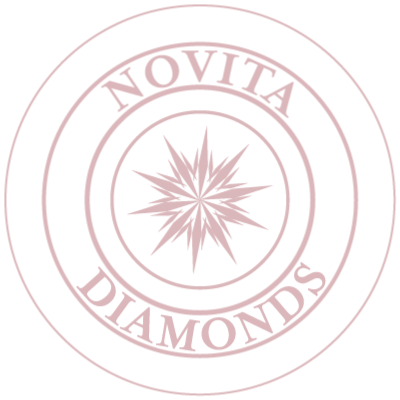SIMILAR OR DIFFERENT?
MOISSANITE VS DIAMOND: SPARKLE DIFFERENCE



SOME OTHER DIFFERENCES
Moissanites will get a greenish tint. The easiest way to make the stone turn green in colour is to test it by bringing the stone close to direct fire for a few seconds.
Diamonds have faceted girdles. Given the price difference between a diamond and moissanites, a lot more effort goes into the cutting of diamonds. While moissanites have smooth girdles, diamonds are generally cut to have facets even in the girdle.
Diamonds are harder than moissanites. There is a reason for the adage that diamonds are forever. In fact, diamonds are the hardest material found in nature, scoring a 10 out of 10 on the hardness scale. Moissanites are the hardest out of all other simulants, such as cubic zirconia and others. However, diamonds are still three times harder than moissanites, making them susceptible to scratches. Despite their overwhelming hardness, diamonds are more comfortable to wear than moissanites as the latter are denser and heavier than lab grown diamonds.
LONG STORY SHORT
TRUE: Moissanites have a brown tint in colour on average, "J" when comparing it to a diamond colour grading system.
FALSE: Moissanites can be made white in colour (colourless).
TRUE: Moissanites sparkles are iridescent in colour, while diamonds' sparkles are white.
FALSE: Moissanites sparkle similarly or identical to diamonds.
TRUE: All moissanites suffer from double refraction, no matter how they are polished or cut.
FALSE: There is a way to cut moissanites to eliminate double fraction.
TRUE: Moissanites resemble costume jewellery due to the iridescent sparkles they produce.
FALSE: Moissanites are cut to the same standards as diamonds.
TRUE: Moissanites turn green when exposed to direct fire.
Here are some search terms suggestions for related articles: moissanite vs diamond, diamond vs moissanites, moissanite diamond.